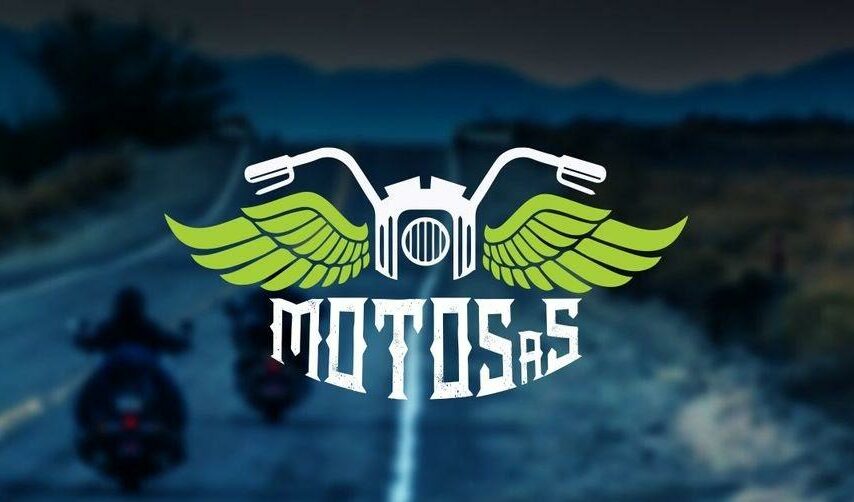Urban mobility has long been a challenge in our rapidly evolving cities. However, traffic congestion, environmental concerns, and the need for efficient transportation have driven innovation in the urban mobility sector. One revolutionary solution that has gained traction is Motosas, which offers a personalized approach to transportation within urban landscapes.
The Rise of Motosas
Motosas, a portmanteau of “motorcycle” and “taxis,” represent a new wave of transportation services. These are essentially two-wheelers like scooters or motorcycles, available for short, on-demand rides. Note that Motosas addresses the urban mobility issue by providing a flexible and convenient means of transportation.
Personalization in Urban Mobility
Personalized transportation is crucial for modern city dwellers with diverse needs and preferences. Luckily, Motosas excels in this aspect by allowing users to choose their pick-up and drop-off locations, ensuring a tailored commuting experience. This level of personalization enhances user satisfaction and contributes to the overall improvement of urban transportation.
Environment-Friendly Commuting
In a world increasingly concerned about sustainability, Motosas presents an eco-friendly commuting solution. These automobiles typically generate lesser emissions in contrast to conventional vehicles, positioning them as an eco-friendly choice for everyday commuting. The decline in carbon footprint also represents a move towards a more sustainable tomorrow.
Cost-Effectiveness and Efficiency
Motosas are popular for their cost-effectiveness. Note that they offer a more affordable alternative to traditional taxis or rideshare services. Moreover, the efficient maneuverability of two-wheelers in traffic-congested areas ensures quicker travel, saving both time and money for commuters.
Technological Advancements
Technology plays a pivotal role in the success of Motosas. For example, dedicated mobile applications allow users to book rides, track their trips, and even pay seamlessly. Additionally, features like GPS navigation and real-time traffic updates enhance the overall user experience, making Motosas a preferred choice.
Challenges and Future Prospects
Despite the numerous benefits, Motosas face challenges related to safety, infrastructure, and public perception. Addressing these issues, along with potential advancements in battery technology and urban planning, will pave the way for a more widespread and efficient Motosas system.
Community Impact
Motosas positively impact communities by providing an accessible and convenient mode of transport. They also foster improved connectivity, enabling people to reach their destinations faster. Furthermore, they ultimately contribute to a more connected and cohesive urban society.
Safety and Regulations
Note that safety is a primary concern for any mode of transportation. Implementing strict safety measures and educating both riders and drivers about responsible riding can mitigate risks associated with Motosas. Moreover, clear regulations will ensure safe and orderly operations.
Consumer Feedback and Satisfaction
Feedback from Motosas users highlights the convenience and ease of use. Customers appreciate the affordability and reliability of this mode of transportation. However, there are suggestions for further improvements in terms of safety features and availability in certain areas.
Adoption and Integration
Encouraging the adoption of Motosas involves a combination of public awareness campaigns, incentivizing its use, and collaboration with local authorities. Integration into existing transportation networks is essential for seamless and widespread implementation.
Motosas vs. Traditional Transportation
Comparatively, Motosas offers a more agile and cost-effective solution for short-distance travel within cities. Additionally, their flexibility and ease of use set them apart from traditional transportation options, presenting a compelling alternative for urban commuters.
Future of Urban Mobility with Motosas
As urban areas continue to expand, the demand for efficient and sustainable transportation will rise. Motosas, with their customized, budget-friendly, and environmentally conscious approach, possess the potential to play a noteworthy role in influencing the trajectory of urban mobility, offering a preview of a more convenient and interconnected future.
Conclusion: How Motosas is Transforming Urban Transportation
Motosas present a paradigm shift in urban mobility, providing a personalized, cost-effective, and sustainable alternative for city transportation. With the potential to reduce traffic congestion, lower carbon emissions, and enhance individual commuting experiences, Motosas are indeed revolutionizing how we navigate our urban landscapes.
FAQs
Q1: Are Motosas available in all cities?
Motosas are gradually expanding their presence to more cities. It’s advisable to check the availability in your specific location through the dedicated Motosas app.
Q2: Are Motosas safe for use?
Yes, Motosas are designed with safety in mind. It’s essential to follow safety guidelines, wear appropriate protective gear, and ride responsibly to ensure a safe experience.
Q3: How does the pricing of Motosas compare to traditional taxis?
Motosas generally offer a more cost-effective option for short-distance travel compared to traditional taxis. The pricing structure may vary based on the city and the Motosas service provider.
Q4: Can I book a Motosas ride in advance?
Currently, most Motosas services operate on an on-demand basis. You can book a ride for immediate use through the mobile app when needed.
Q5: What kind of license do I need to ride a Motosas?
The licensing requirements for riding a Motosas may vary by location. In general, you’ll need a valid motorcycle license to operate a Motosas. Be sure to comply with local laws and regulations regarding licensing and road safety.








